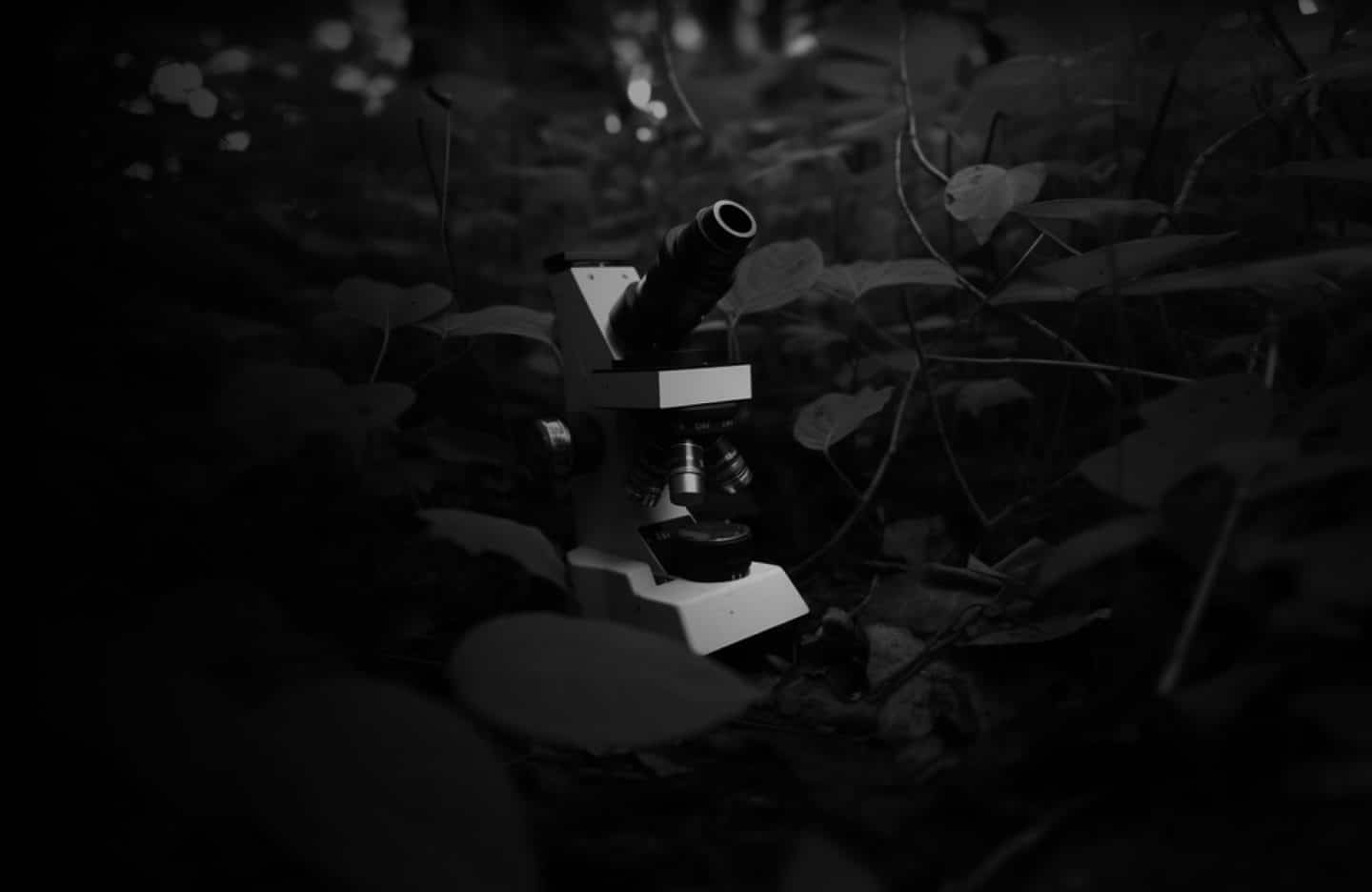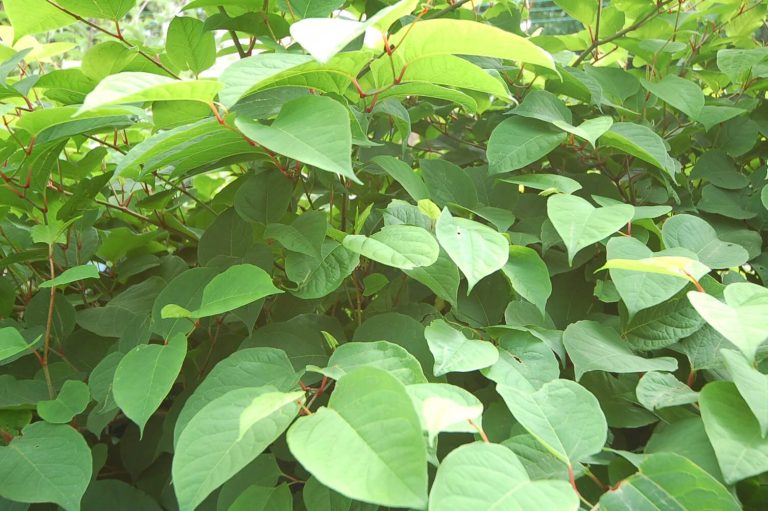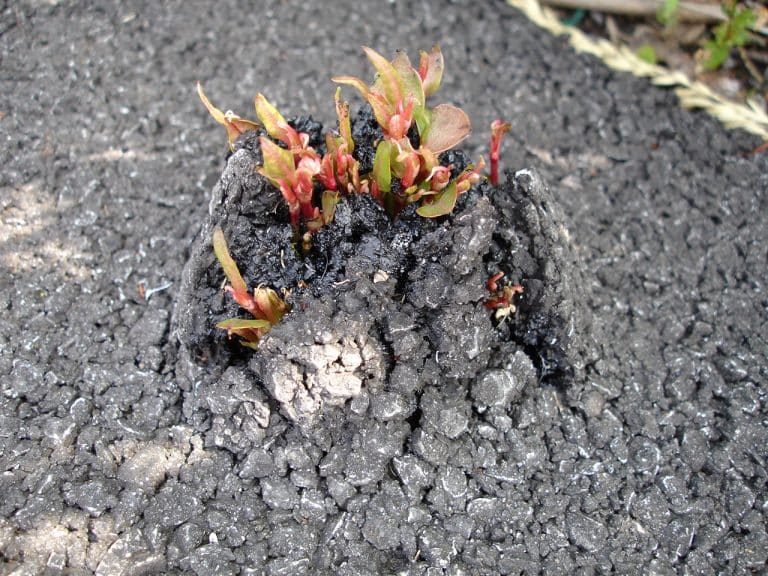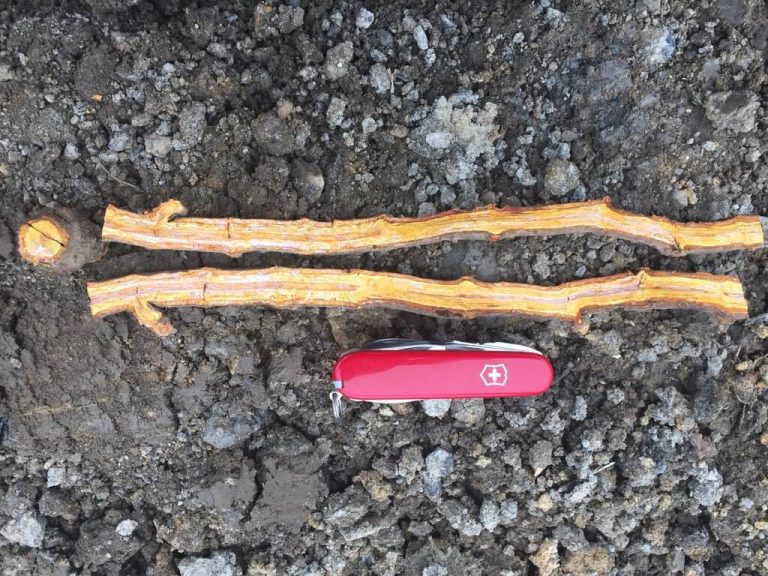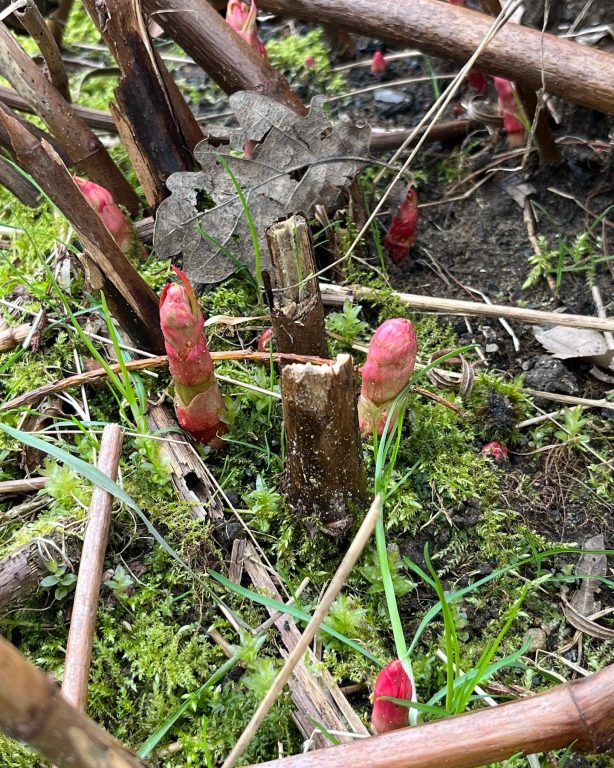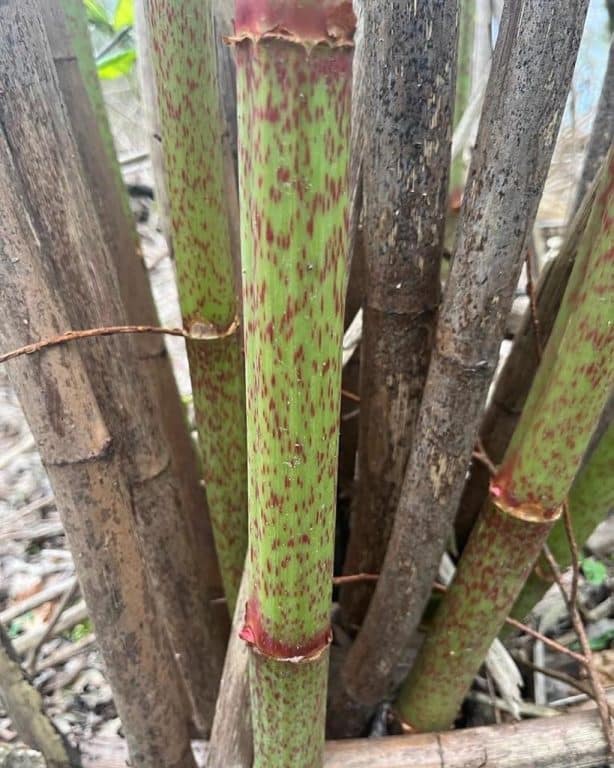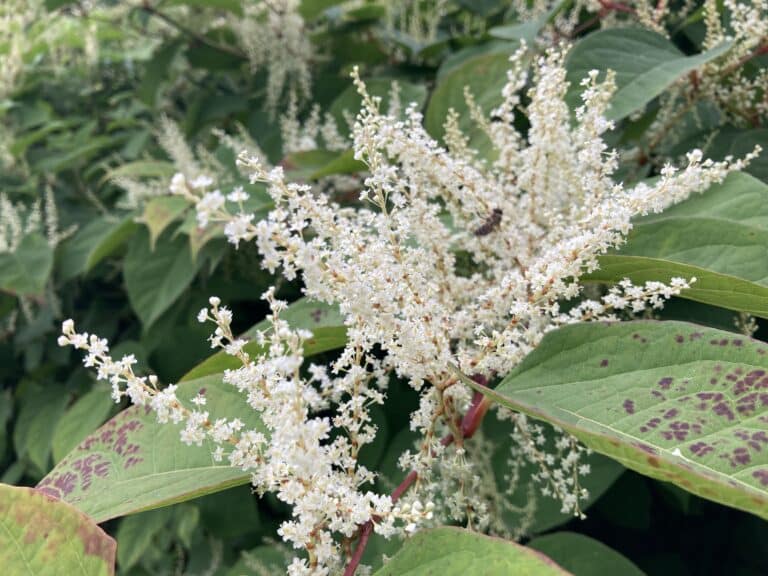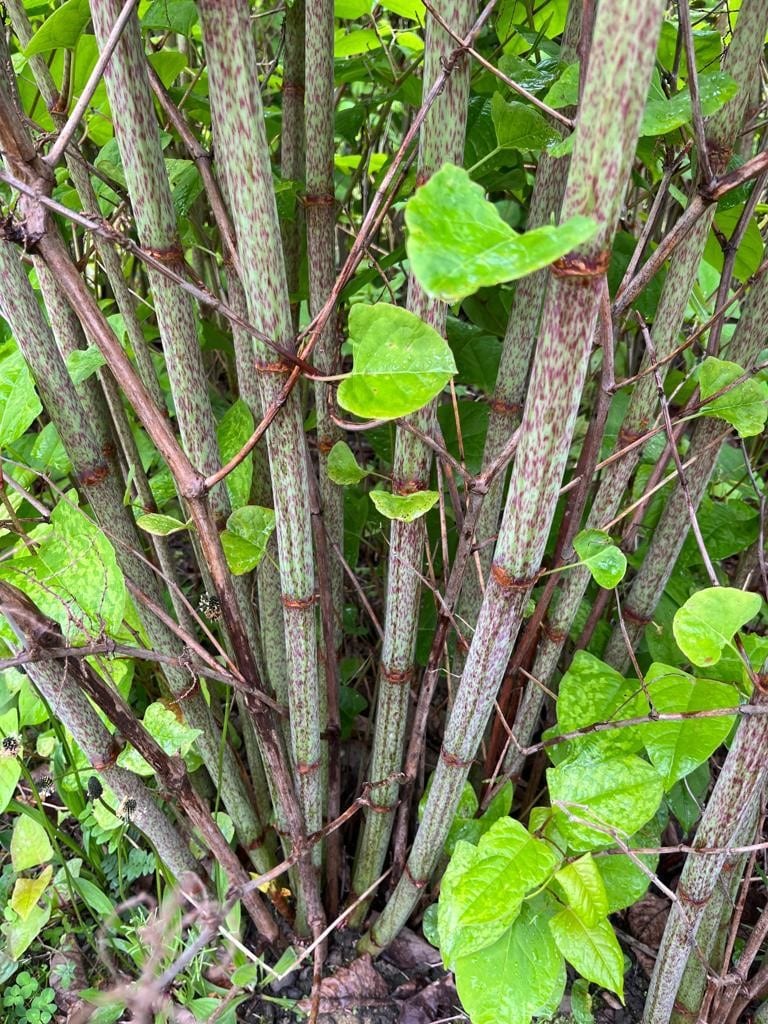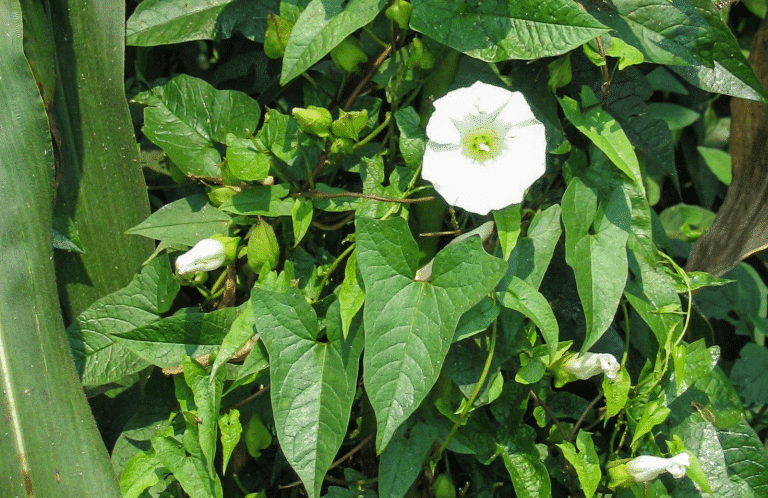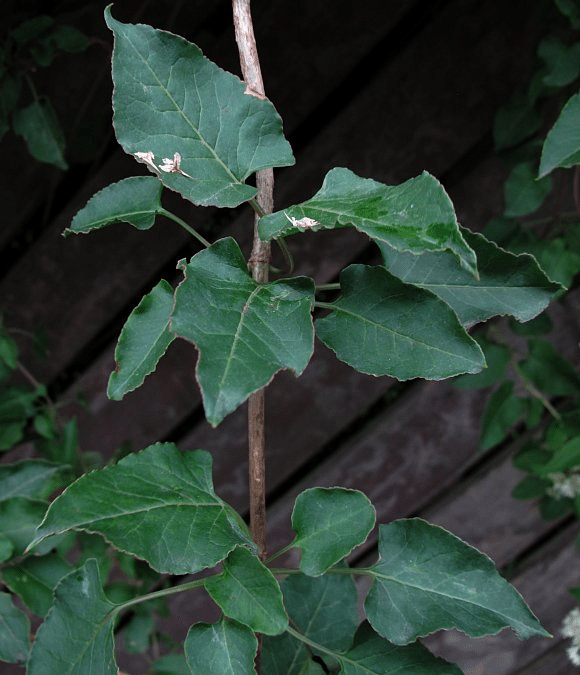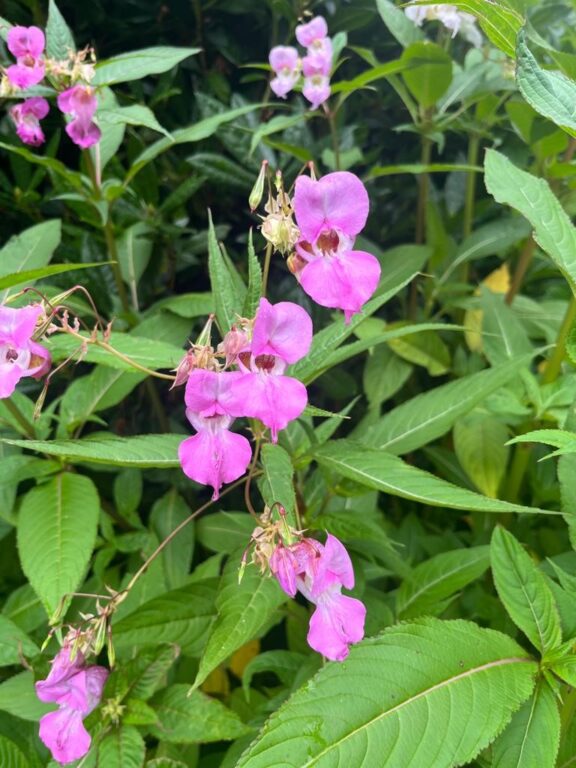The Art of Recognition
The Royal Horticultural Society’s (RHS) definition of Japanese knotweed is a valuable resource for those looking to understand this invasive plant species better. Japanese knotweed (Reynoutria japonica) is a fast-growing, herbaceous perennial that is native to East Asia. It is known for its bamboo-like stems, shovel-shaped leaves, and clusters of small white flowers. Despite its ornamental appearance, Japanese knotweed poses a significant threat to ecosystems and infrastructure due to its aggressive growth habit and ability to spread rapidly.
The RHS definition not only provides information on the physical characteristics of Japanese knotweed but also delves into its impact on the environment and methods for its control and eradication. Understanding the characteristics and behavior of Japanese knotweed is essential for effectively managing infestations and preventing its further spread.
In addition to the RHS definition, it is recommended to consult local authorities or invasive species experts for guidance on dealing with Japanese knotweed infestations in specific regions. Proper identification and management strategies are crucial in controlling the spread of this invasive plant and protecting native flora and fauna.
To wage war against this invader, we must first recognise it for what it truly is. Pay close attention to the following identification markers:
view all photos of the intruder
Physical Characteristics that Reveal the Truth
Japanese Knotweed Leaves, Leaf shape and colour
Japanese knotweed boasts broad, shovel-shaped leaves with a distinctive pointed tip. Their rich, green hue on the upper surface contrasts with the lighter shade on the underside, offering a visual clue to its identity.
The leaves grow from the plant’s stems in an alternating pattern that gives Japanese knotweed branches their distinctive “zig-zag” shape.
The leaves generally have pronounced veins and mid-rib, and have a deep red or pink coloured stalk.

